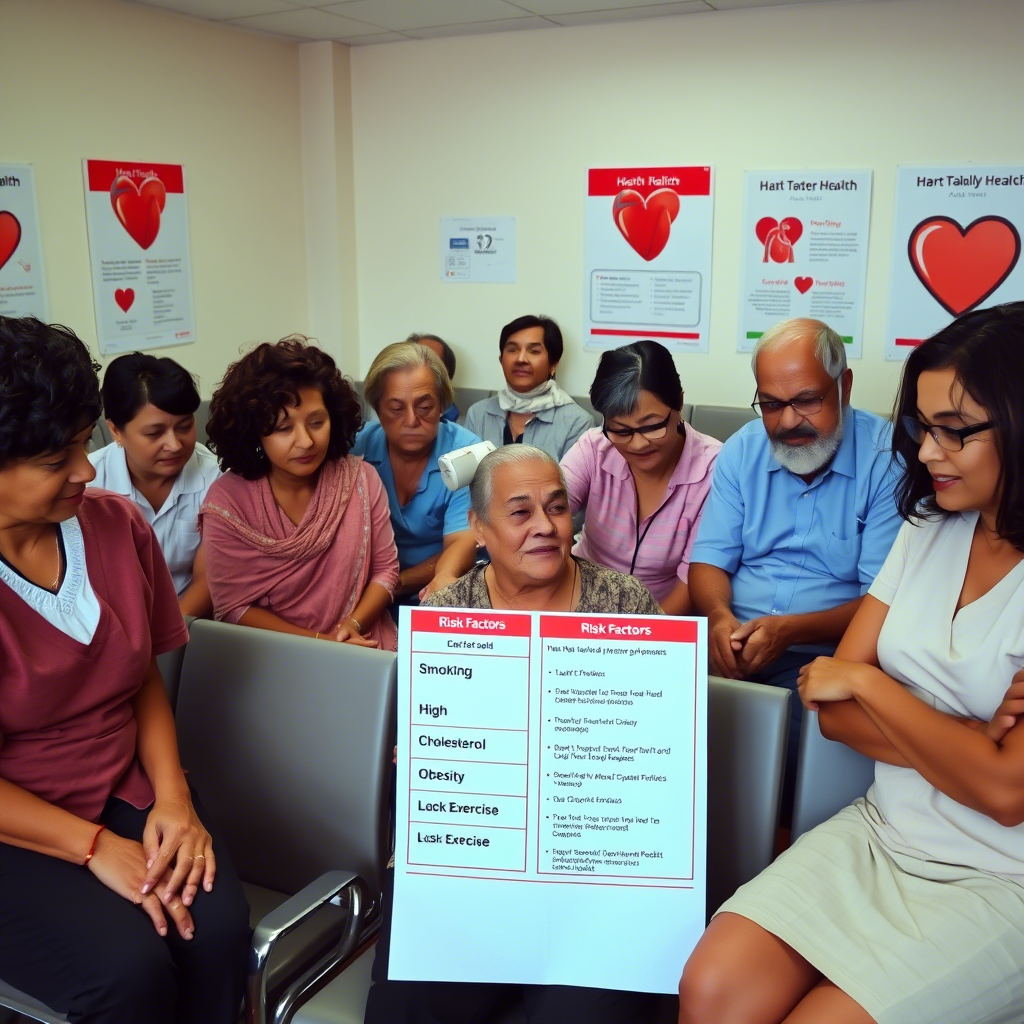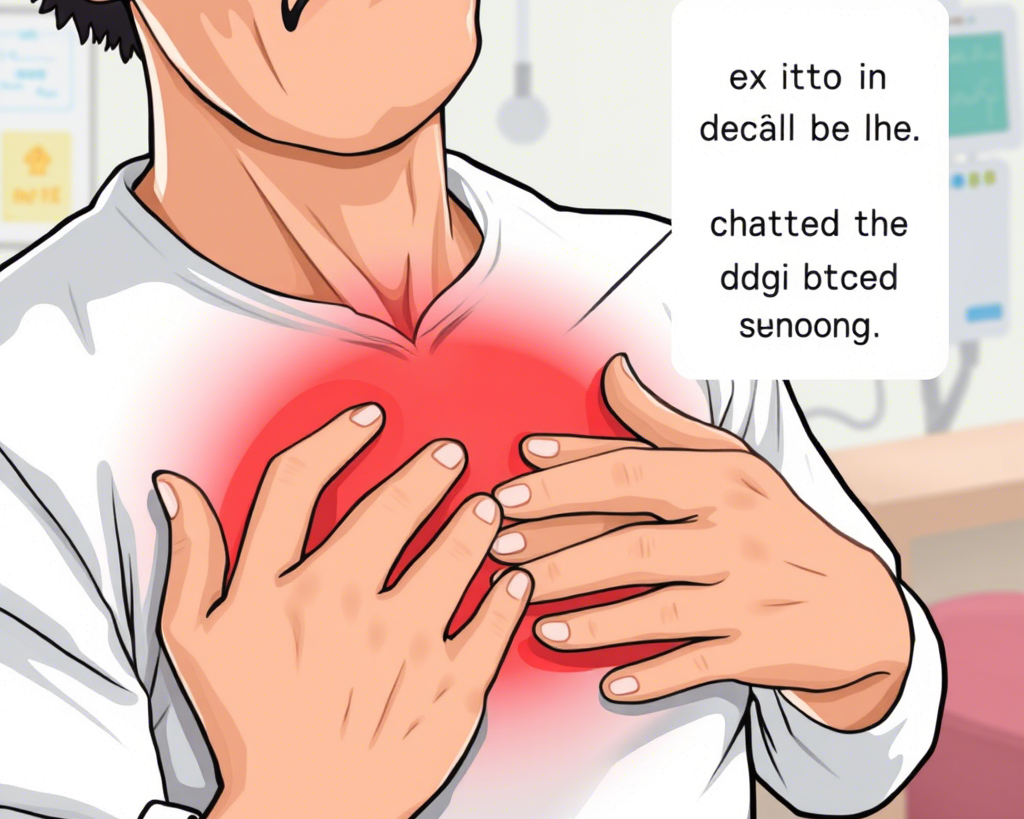Heart disease remains a leading cause of death globally, claiming millions of lives annually. However, early detection of symptoms can significantly improve outcomes.
Read Also: the pillars of health
Recognizing subtle signs like chest discomfort, fatigue, or breathlessness can prompt timely medical intervention. This article explores early indicators, risk factors, prevention strategies, and FAQs to empower readers with life-saving knowledge.
Common Early Signs of Heart Disease
1. Chest Pain or Discomfort (Angina)
A classic symptom, angina feels like pressure, tightness, or squeezing in the chest. It may radiate to the arms, neck, jaw, or back and often occurs during physical exertion.
2. Shortness of Breath
Unexplained breathlessness during routine activities (e.g., climbing stairs) may indicate reduced heart efficiency. Fluid buildup in the lungs due to heart failure can worsen this symptom.
3. Fatigue and Weakness
Persistent exhaustion, even after rest, may signal poor blood circulation. The heart struggles to pump oxygen-rich blood, leaving muscles and organs deprived.
4. Dizziness or Fainting
Inadequate blood flow to the brain can cause lightheadedness or sudden fainting spells, often linked to arrhythmias (irregular heartbeats).
5. Swelling in Legs, Ankles, or Feet
Fluid retention (edema) due to heart failure leads to swelling. The kidneys receive less blood, impairing fluid filtration.
6. Irregular Heartbeat (Arrhythmia)
Palpitations, skipped beats, or a racing heart without exertion warrant attention. Arrhythmias can precede severe cardiac events.
Risk Factors for Heart Disease
1. High Blood Pressure
Damages arteries over time, forcing the heart to work harder.
2. High Cholesterol
Plaque buildup narrows arteries, restricting blood flow.
3. Diabetes
High blood sugar damages blood vessels and nerves controlling the heart.
4. Smoking
Chemicals in tobacco harm blood vessels, accelerating atherosclerosis.
5. Obesity
Excess weight strains the heart and increases diabetes/hypertension risks.
6. Family History
Genetic predisposition raises susceptibility.
7. Sedentary Lifestyle
Lack of exercise weakens the heart muscle.
8. Chronic Stress
Releases hormones like cortisol, elevating heart rate and blood pressure.
When to See a Doctor
Seek immediate help if you experience:
- Sudden chest pain lasting >5 minutes.
- Breathlessness at rest.
- Fainting without explanation.
- Blue-tinged lips/skin (indicating oxygen deprivation).
Prevention Strategies
1. Adopt a Heart-Healthy Diet
- Prioritize fruits, vegetables, whole grains, and lean proteins.
- Avoid trans fats, excess salt, and sugar.
2. Exercise Regularly
Aim for 150 minutes/week of moderate exercise (e.g., brisk walking).
3. Quit Smoking
Consult a doctor for cessation programs or nicotine replacement therapy.
4. Manage Stress
Practice yoga, meditation, or deep-breathing exercises.
5. Regular Check-ups
Monitor BP, cholesterol, and blood sugar annually.
FAQs
Q1. Can young adults develop heart disease?
Yes! Poor lifestyle choices and genetic factors contribute to early-onset cases.
Q2. Are symptoms different in women?
Women may experience nausea, back pain, or indigestion instead of classic chest pain.
Q3. Can heart disease be reversed?
Lifestyle changes and medications can manage symptoms and slow progression.
Q4. How often should I get screened?
Annual check-ups post-40; earlier if you have risk factors.
Q5. Is all chest pain heart-related?
No—it could stem from acid reflux or muscle strain. However, never ignore sudden/severe pain



Pingback: Cancer Sign & Prevention - Mental Health Stigma